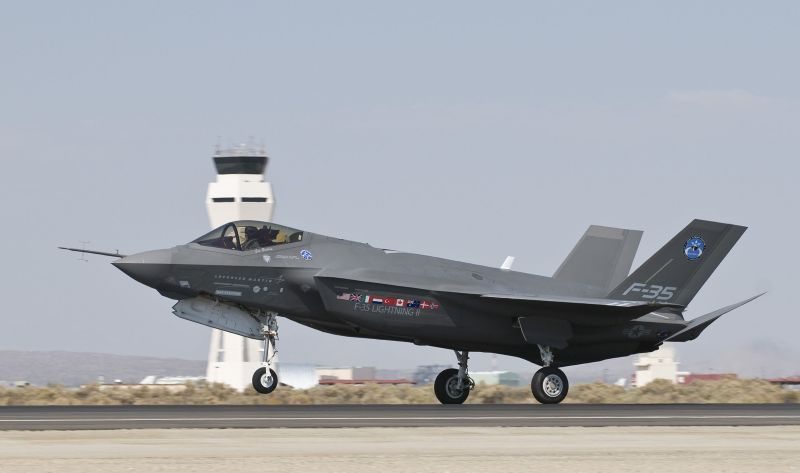Recent decisions by the Australian and Turkish governments are signaling a major upturn for Lockheed Martin’s F-35 Joint Strike Fighter (JSF) program, undoubtedly the brightest star in the future military aircraft market.
In April, the Australian government approved the acquisition of an additional 58 F-35A aircraft. Following a 2009 decision to purchase 14 F-35As, the 58 additional fighters bring Australia’s total approved F-35 buy to 72 aircraft. The government is also considering the acquisition of an additional F-35A squadron in the future, further increasing the country’s F-35 buy.
On May 6, Turkey’s Defense Industry Executive Committee tasked the Undersecretariat for Defense Industries (SSM) with ordering the country’s first two F-35A aircraft. The SSM will order the F-35As as part of the F-35 program’s 10th low-rate initial production lot (LRIP 10). The Turkish government has also reconfirmed its long-term plans to acquire a total of at least 100 F-35As.
Like the Lockheed F-104 Starfighter of the 1950s and 1960s, and the Lockheed F-16 multirole fighter, first produced in the 1970s, the F-35 program is a multinational effort that, despite budget considerations and rising program costs, is attracting nations eager to operate the world’s most advanced stealth aircraft. The recent Australian and Turkish announcements are welcome news to the F-35 program.
According to Forecast International aerospace analyst Raymond Jaworowski, “The Australian and Turkish decisions indicate that initial reluctance by customers to place early orders for the F-35 is dissipating.”
Dan Darling, Europe/Asia-Pacific military markets analyst at Forecast International, commented, “Further boosts may come from a planned South Korean order for the F-35 and a likely purchase by Singapore.”
Three versions of the next-generation F-35 fighter have been developed: the F-35A conventional takeoff and landing (CTOL) version, the F-35B short takeoff and vertical landing (STOVL) aircraft, and the F-35C carrier-based attack aircraft. The U.S. Air Force intends to acquire 1,763 F-35As, while the U.S. Marine Corps plans to procure 340 F-35Bs and 80 F-35Cs and the U.S. Navy intends to buy 260 F-35Cs.
The sheer size of the F-35 program dwarfs all competition. Forecast International projects that a total of 2,019 F-35s, worth an estimated $166 billion, will be produced over the 15-year period from 2014 through 2028 alone, with many more to flow off production lines thereafter. This initial total includes 1,499 F-35As, 325 F-35Bs, and 195 F-35Cs.
Forecast International aerospace analyst Douglas Royce said, “Our projections call for the F-35 to account for nearly 48 percent of the total fighter market over the next 15 years, a statistic that may well rise. Other fighter manufacturers are thus forced to compete for what is left, with the result that a number of other fighter production lines may well go dark during the next decade due to a lack of orders.”
Forecast International aviation gas turbine analyst Will Alibrandi said, “The F-35 is powered by a single Pratt & Whitney F135 turbofan engine. Turkey’s support for the F-35 program is substantiated by its plan to establish a final assembly and maintenance facility for the F135 engine in-country. This new facility could provide depot-level engine maintenance for all F-35 operators in the region. The engines for Turkey’s first F-35As will be produced in the U.S. by Pratt & Whitney, while engines for the planned fleet of 100 aircraft will eventually be assembled at the new facility in Turkey.”
Alibrandi continued, “As the sole supplier for the F-35’s engine, Pratt & Whitney stands to win big. Indeed, Forecast International expects that F135 production, including spares, will top 2,485 through 2028 and add some $27.3 billion to the engine manufacturer’s coffers – with much more to follow.”
Aerospace analyst Jaworowski summed it up dramatically, “The F-35’s market potential is outstanding! Nearly any nation that currently operates F-16s, F/A-18s, or AV-8B Harrier IIs is a potential F-35 customer.”










